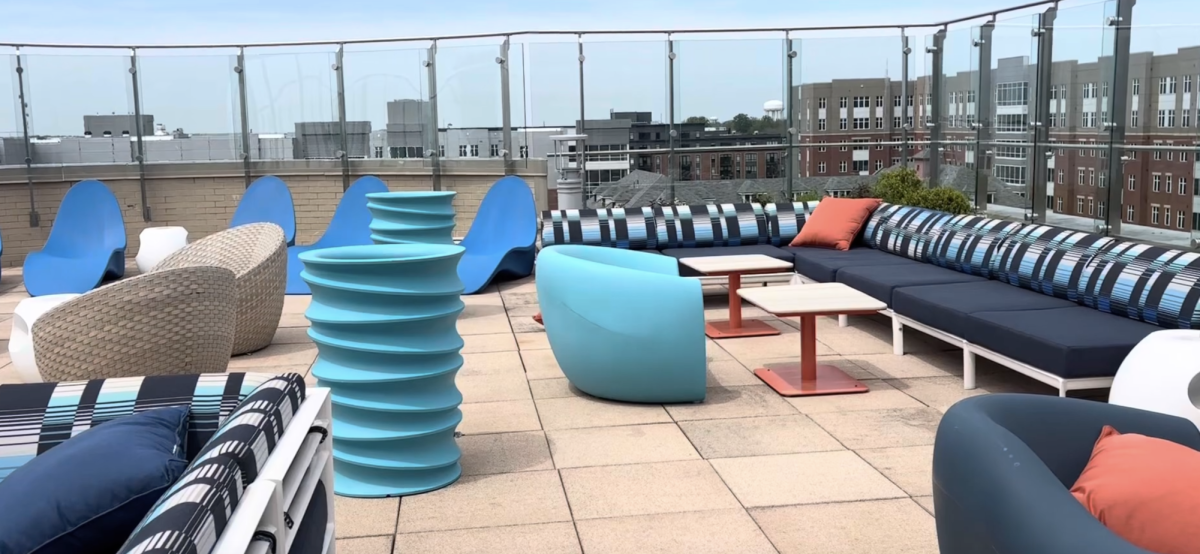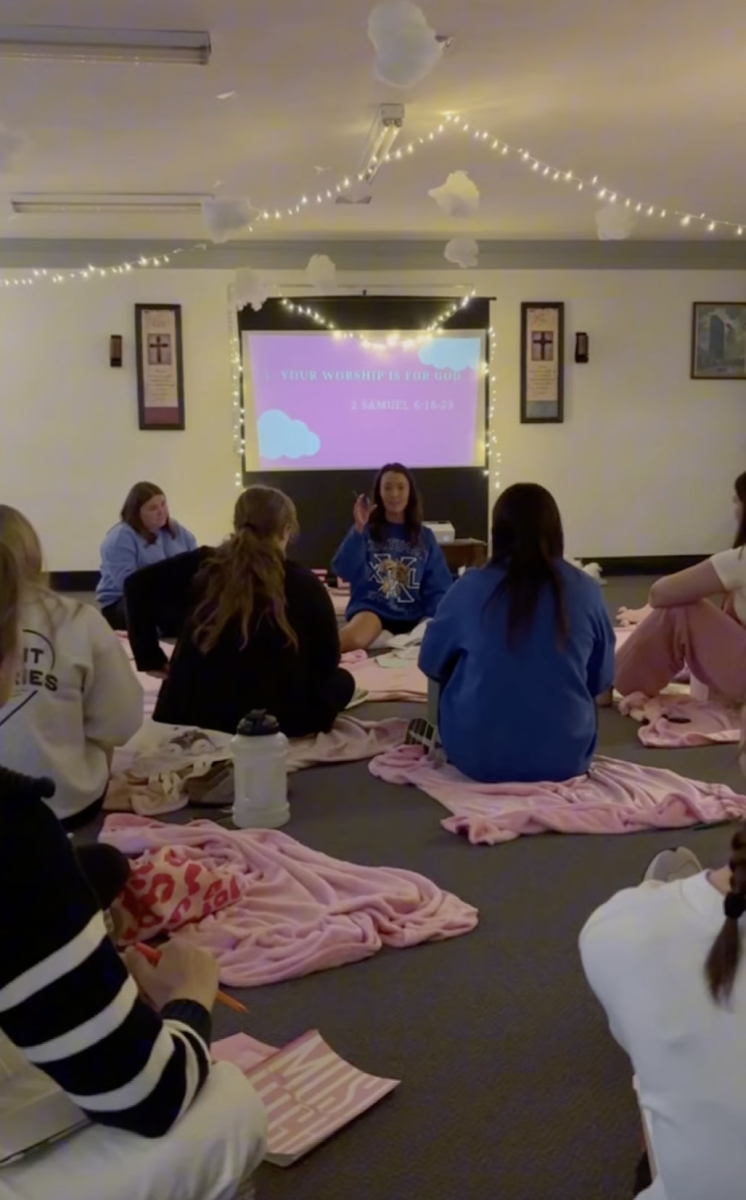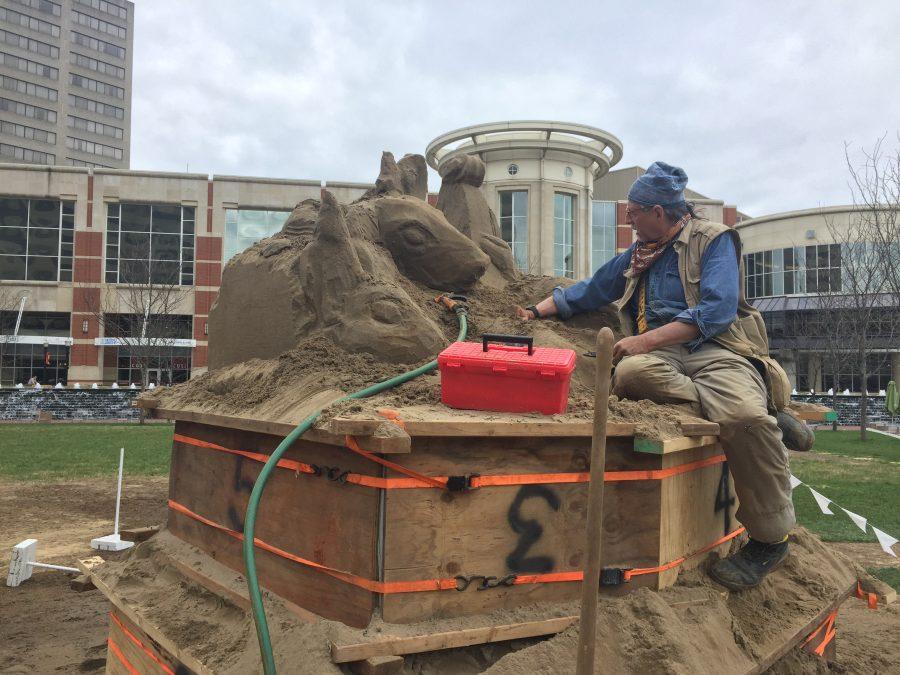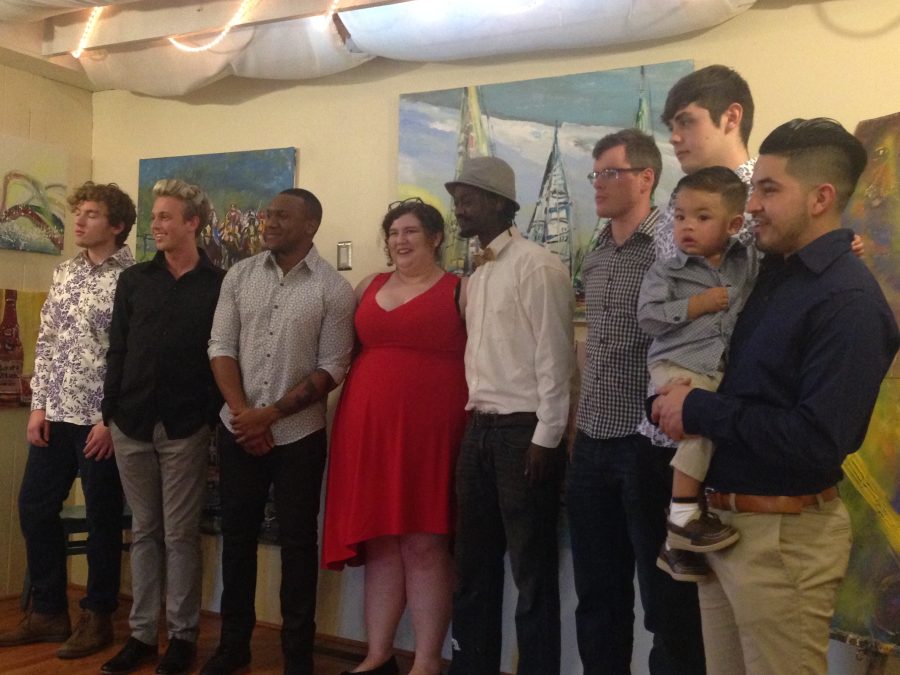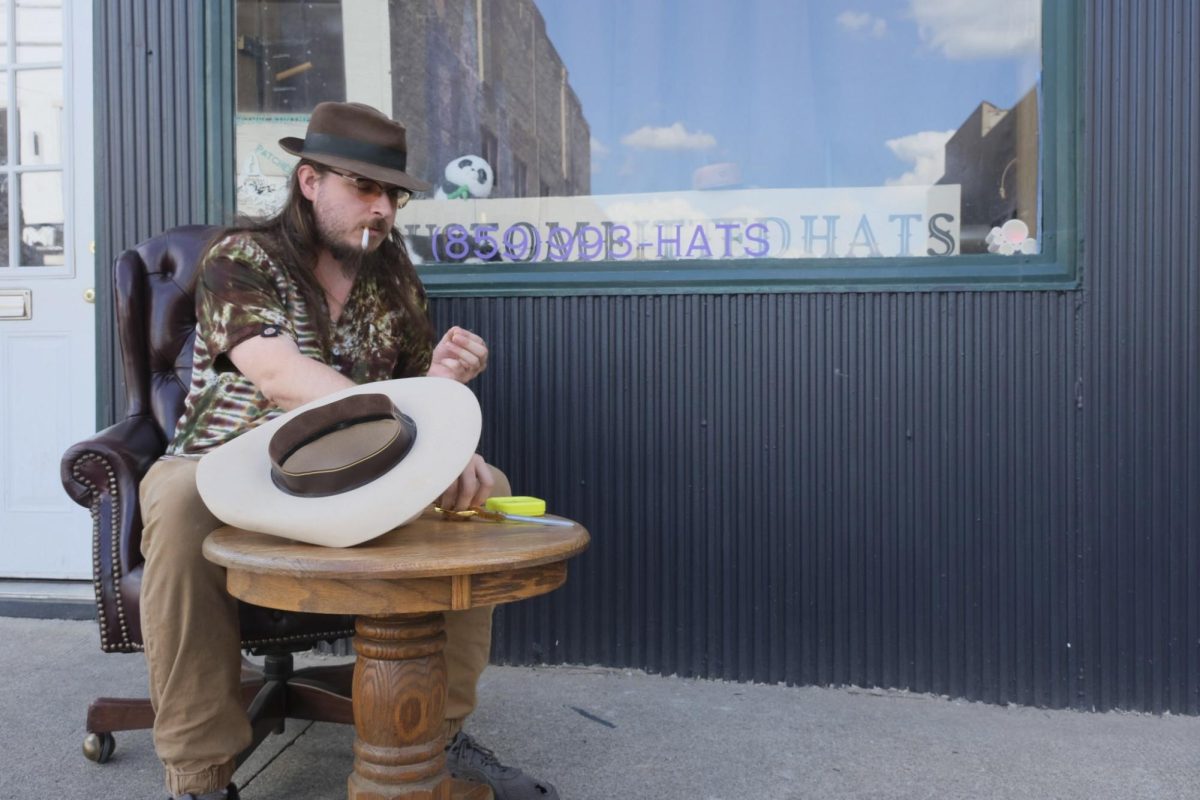
The question that has loomed since the dawn of time is: what preceded the dawn?
The last century has seen the advent of the Big Bang, quantum mechanics, inflation cosmology and strings, all theories with the same underlying theme of understanding how the universe works and how it began.
A new idea called “vanishing dimensions” has emerged as a way to describe the early universe while conquering the maddening problem of merging quantum mechanics with Einstein’s theory of General Relativity.
In an interview on Space.com, Dejan Stojkovic, a researcher of these vanishing dimensions at the University of Buffalo, said, “In the last 30 years, [physicists] were trying to make our theories more complicated by introducing more particles, more dimension. We decided to go the other way and make theories less complicated…we are changing the background on which the standard model of particle physics is formulated. In 1-D, the problem greatly simplifies.”
The basic idea of the theory, if the adjective is even close to appropriate, is that in the first few moments of our universe’s history, everything existed as part of a one dimensional line. The line’s energy caused it to fold on itself until a second dimension was formed, and again into the third.
Physical Review Letters, a peer-reviewed journal, published the first article on “vanishing dimensions” written by Stojkovic and Jonas Mureika, physicist at Loyola Marymount University.
Unlike many of the other theories that have been floating around for decades, such as string theory (the idea that all matter and energy is made of plank-sized vibrating strings), the vanishing dimensional theory may be able to be proved scientifically through the study of gravity waves and other studies occurring at the large Hadron Collider outside of Geneva, Switzerland.
Categories:
The Beginning Universe Might Have Been A Thin, Flat Place
April 25, 2011
0
Tags:
Donate to Big Blue Student Media
Your donation will support the student journalists of University of Kentucky School of Journalism and Media. Your contribution will allow us to purchase equipment and cover our annual website hosting costs.
More to Discover
